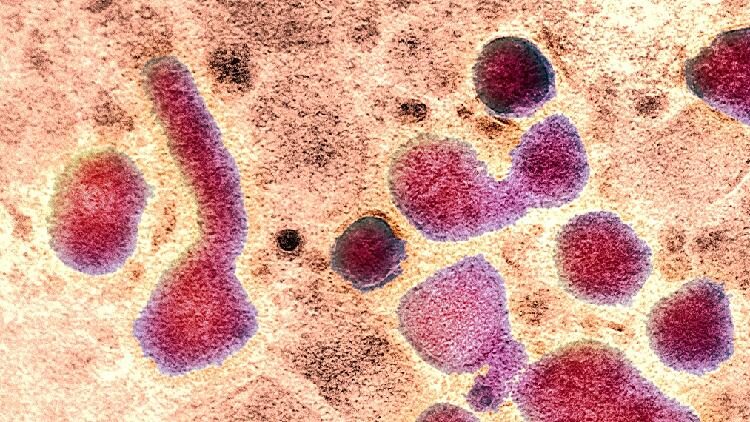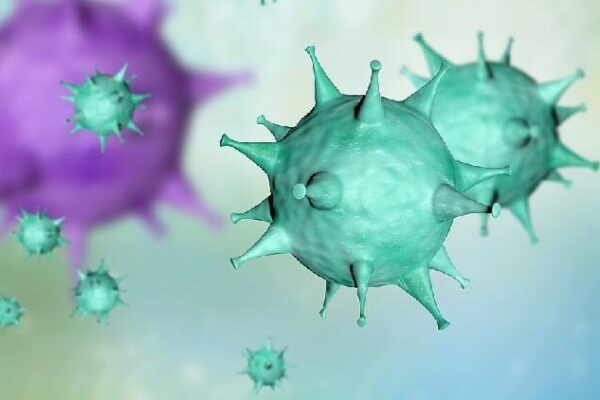Scientists have discovered that a single genetic mutation in the H5N1 avian influenza virus could make it more capable of infecting humans. The new study highlights the importance of monitoring the virus for changes that could lead to increased transmission among people.
The highly pathogenic avian influenza (HPAI) H5N1 virus is primarily found in wild birds and poultry. While it rarely infects humans, cases have been reported in individuals who have had close contact with infected birds or mammals.
Researchers at Scripps Research Institute investigated how mutations in a viral protein called hemagglutinin (HA) affect the virus’s ability to bind to human cells. HA is crucial for the virus’s attachment and entry into host cells. The team focused on the H5N1 strain from the first U.S. human infection with the clade 2.3.4.4b virus.
They found that a single amino acid change—from glutamine to leucine—at position 226 in the HA protein was enough to shift the virus’s preference from avian to human-type cell receptors. This mutation could potentially enable the virus to infect human cells more easily.
“The findings underscore the need for continued surveillance of H5N1 viruses for mutations that may increase human infection risk,” the researchers said.
The study, published in the journal Science, emphasizes the importance of vigilant monitoring to prevent potential outbreaks. The U.S. National Institutes of Health, which funded the research, echoes this concern, noting that understanding these mutations can aid in early detection and response efforts.
Reference(s):
cgtn.com








